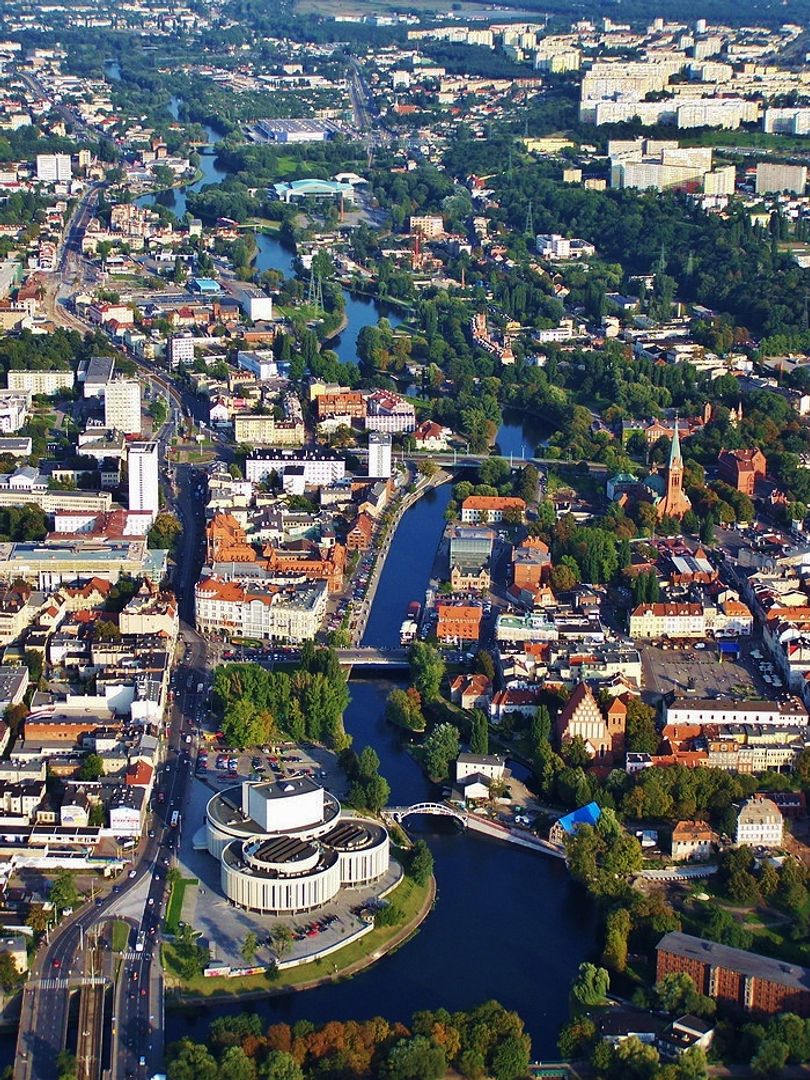Brda
6.67

Overview
The Brda is one of the most important rivers in northern Poland, stretching 238 kilometers in length and significantly shaping the region's landscape. It was already a crucial waterway in the 12th century, used for transporting timber, grain, and other goods. The river has a rich history of regulation, including the construction of the Bydgoszcz Canal in 1774, which connected it to the Noteć River and created an international waterway linking the Vistula and Oder Rivers. The lower section of the Brda is canalized and plays an important role in water transport, while Bydgoszcz is home to eight hydroelectric power plants. Architecturally notable are the weirs and locks, such as the Farny Weir in Bydgoszcz, associated with the milling industry. The river is surrounded by picturesque lakes and forests, making it a popular destination for water tourism, especially kayaking, with numerous resorts along its banks. In the Tuchola Forest area, a dam diverts part of the water to the Great Brda Canal. Notable features include the Brda Gorge known as "Piekło" (Hell) and Lake Koronowskie, a leading recreational spot. Cultural events are tied to nautical traditions, and the river serves as a backdrop for various sports activities, including rowing regattas. Tourism along the Brda continues to grow year by year, with designated hiking and water trails attracting both nature enthusiasts and water sports lovers. High-water marks along the river also serve as points of interest for tourists. The Brda is a vital part of local community life, offering a blend of nature, history, and tourism.
Location
2025 Wizytor | All Rights Reserved